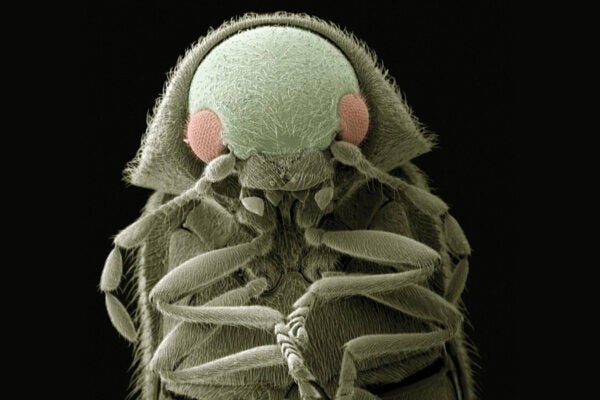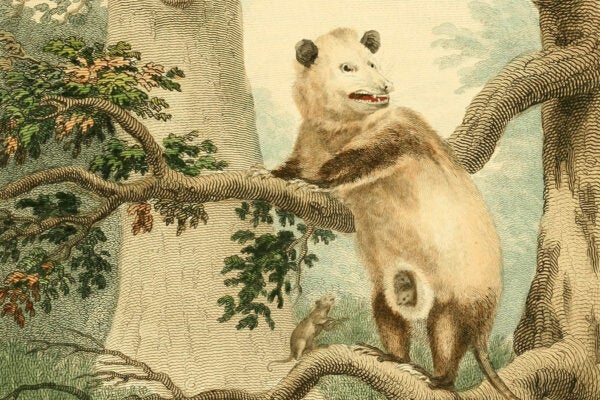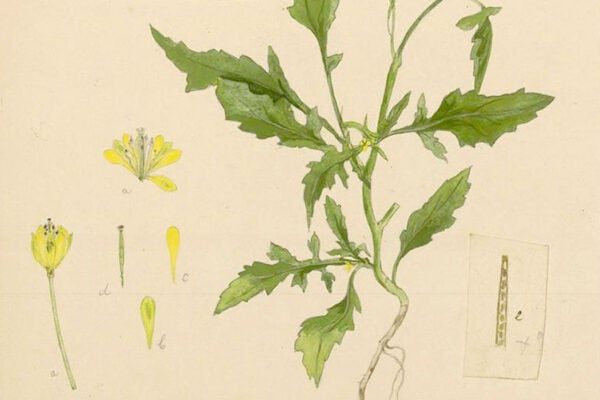A Slimy Story: Snail Mucus
Land snails, mostly hermaphroditic, follow slime trails to find their mates. Others, including predatory Rosy Wolf Snails, follow the mucus to find their meals.
Coney Money
Want to make some coin raising rabbits? Get yourself an island. Or not, if you want to protect the existing ecosystem.
The Strange Career of the Lady Possum of the New World
Marsupials make people think of Australia, but Europeans encountered and described their first marsupial, the Virginia opossum, in 1499.
Plant of the Month: Hibiscus
Nearly synonymous with the global tropics and subtropics, hibiscus symbolizes the Caribbean’s transnational past, present, and future.
The A-to-X of Olive Quick Decline Syndrome
The syndrome, caused by the bacterium Xyllella fastidiosa, was first detected in southern Italy in 2013. Can ancient olive orchards survive its effects?
“There’s Gold in Them Thar Fungi”: Cordyceps as Cash Crop
A fungus in the genus Cordyceps has us running scared. But some of its species are worth more than their weight in gold.
Plant of the Month: London Rocket
London rocket was observed in abundance following the Great Fire of London in 1666, but why does this non-native weed still interest English botanists?
What it Sounds Like When Doves Cry
A century ago, an ornithologist proposed a system for transcribing bird sound as human speech. It did not catch on.
Celebrate World Bear Day!
The joy and concern we feel on World Bear Day perfectly represents our complicated—and sometimes contradictory—feelings about these massive mammals.









